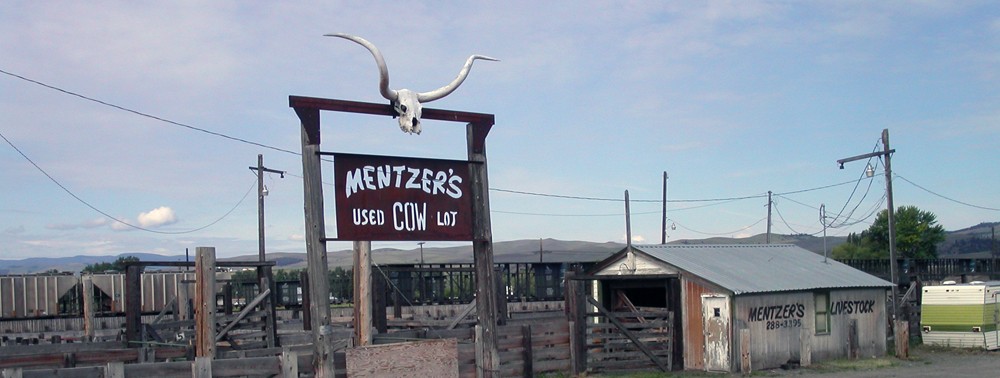 In 1968, Congress held hearings on the violence that erupted after Dr. Martin Luther King Jr.’s April assassination. Testimony by Rufus “Catfish” Mayfield exposed how fraught the U.S. Census is with regard to communities of color. Mayfield’s candid testimony about how some of Washington’s African American residents responded when the census taker knocked on the door is worth considering as the current U.S. President plays political games with the 2020 Census.
In 1968, Congress held hearings on the violence that erupted after Dr. Martin Luther King Jr.’s April assassination. Testimony by Rufus “Catfish” Mayfield exposed how fraught the U.S. Census is with regard to communities of color. Mayfield’s candid testimony about how some of Washington’s African American residents responded when the census taker knocked on the door is worth considering as the current U.S. President plays political games with the 2020 Census.
District of Columbia Chairman of the City Council John Hechinger recognized Mr. Rufus “Catfish” Mayfield, who was identified as a “District of Columbia citizen.” Mayfield’s statement began, “Thank you, members of the Council, brothers and sisters. Usually I don’t go with prepared speeches. They say I am an uncut diamond in the rough, but I am letting you know I am going to school and trying to sharpen up and attack things a little harder.”
Mayfield continued,
See, you have robbed the black male of his masculinity and his dignity. And until this is restored, the man has no alternative but to strike out. I tell you now, that you had better take another census on bow many black people are In the District of Columbia, because I know when I was growing up, I got tired of hiding in the bed when the census showed The way it goes now, when the census taker comes around they can have eight children and she is putting one in, the bed and putting another one -In the closet. And that census taker comes in there, “How many children you got?” two. I tell you there are black people out there.
You know what a judge told me, he said, “Mayfield, this Is coming down to a civil war. But let me tell you something, you people can’t win’ because you don’t have the troops.” I tell you, take another count.
I think that we have to rid ourselves of the go-called classification of black people into categories. There is only one kind of black people, or there should be only one kind of a black person, and that is a proud black person. But the way It goes now, you are classified. It Is upper middle class, middle class, and the lower Negro. (Vol. 2, Rehabilitation of D.C. Areas Damaged by Civil Disorders.: Hearings before the United States Senate Committee on the District of Columbia,Subcommittee on Business and Commerce, Ninetieth Congress, Second Session on Apr. 18, 30, May 20, 28-29, 1968. Washington: U.S. G.P.O., 1968, p. 401)




